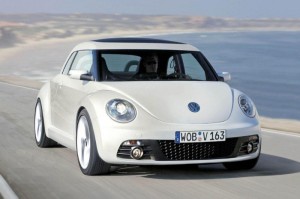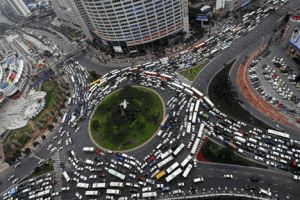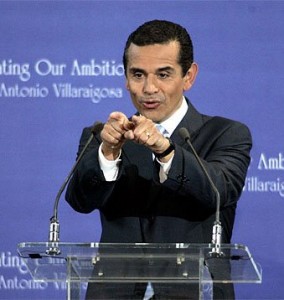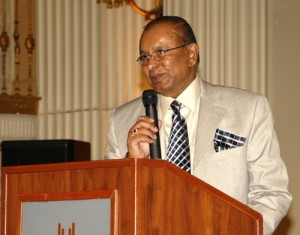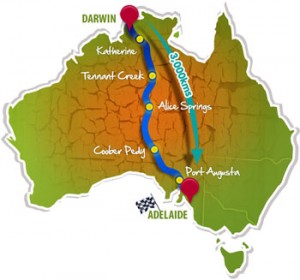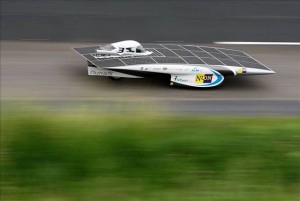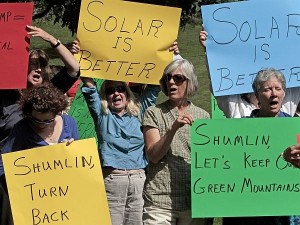 “The U.S. solar energy market continues to be a bright spot in an otherwise bleak economy. As the global solar industry continues to grow and evolve, the U.S. is seen more and more as a leading market – both in installations and in exports. Solar is a showcase industry of U.S. ingenuity. In 2010, we grew by over 100 percent, we achieved a significant positive trade balance, and we exported more goods and services to China than we imported,” said Rhone Resch, president and CEO of SEIA. “Solar energy is an industry invented in the U.S. that is helping our country reclaim our manufacturing leadership and creating tens of thousands of jobs. But to maintain our competitive advantage, we need innovative, proactive solutions from policymakers to match the investments being provided overseas to grow robust solar supply chains. Doing so will result in new jobs and opportunities for communities that have seen their factories close up shop in recent years.” A new report shows that the U.S. is central to the global solar supply chain according to SEIA and GTM Research’s U.S. Solar Energy Trade Assessment 2011. Photovoltaic (PV) components accounted for more than 99 percent of the year’s exports, with solar heating and cooling (SHC) claiming the remainder of the positive balance.
“The U.S. solar energy market continues to be a bright spot in an otherwise bleak economy. As the global solar industry continues to grow and evolve, the U.S. is seen more and more as a leading market – both in installations and in exports. Solar is a showcase industry of U.S. ingenuity. In 2010, we grew by over 100 percent, we achieved a significant positive trade balance, and we exported more goods and services to China than we imported,” said Rhone Resch, president and CEO of SEIA. “Solar energy is an industry invented in the U.S. that is helping our country reclaim our manufacturing leadership and creating tens of thousands of jobs. But to maintain our competitive advantage, we need innovative, proactive solutions from policymakers to match the investments being provided overseas to grow robust solar supply chains. Doing so will result in new jobs and opportunities for communities that have seen their factories close up shop in recent years.” A new report shows that the U.S. is central to the global solar supply chain according to SEIA and GTM Research’s U.S. Solar Energy Trade Assessment 2011. Photovoltaic (PV) components accounted for more than 99 percent of the year’s exports, with solar heating and cooling (SHC) claiming the remainder of the positive balance.
“Until now, the finished module was the industry’s benchmark for judging the health of the PV manufacturing sector,” said  Shayle Kann, Managing Director of Solar at GTM Research. “However, the PV market is more complex than meets the eye. To completely understand solar trade flows, this report looks both at earlier steps in the value chain and at the non-panel components of a solar PV system. As our research shows, the U.S. remains a focal point in global PV manufacturing, thanks largely to the domestic manufacturing of feedstock and manufacturing equipment.”
Shayle Kann, Managing Director of Solar at GTM Research. “However, the PV market is more complex than meets the eye. To completely understand solar trade flows, this report looks both at earlier steps in the value chain and at the non-panel components of a solar PV system. As our research shows, the U.S. remains a focal point in global PV manufacturing, thanks largely to the domestic manufacturing of feedstock and manufacturing equipment.”
According to the U.S. Solar Energy Trade Assessment 2011, a significant portion of the domestic value generated by the PV industry resides beyond manufactured components; site preparation, labor, permitting, financing and other industry ‘soft costs’ comprised nearly 50 percent of total solar revenue in 2010. The report found $4.4 billion of domestic revenue accrued last year from U.S. solar installations. This domestic value originated from both local and foreign firms employing U.S. resources on the ground for solar goods and services. According to the report, for every dollar spent on a U.S. solar installation in 2010, $0.75 accrued to the U.S.




